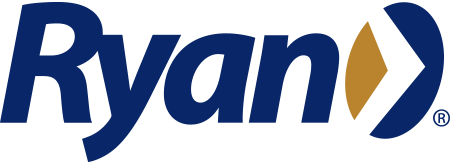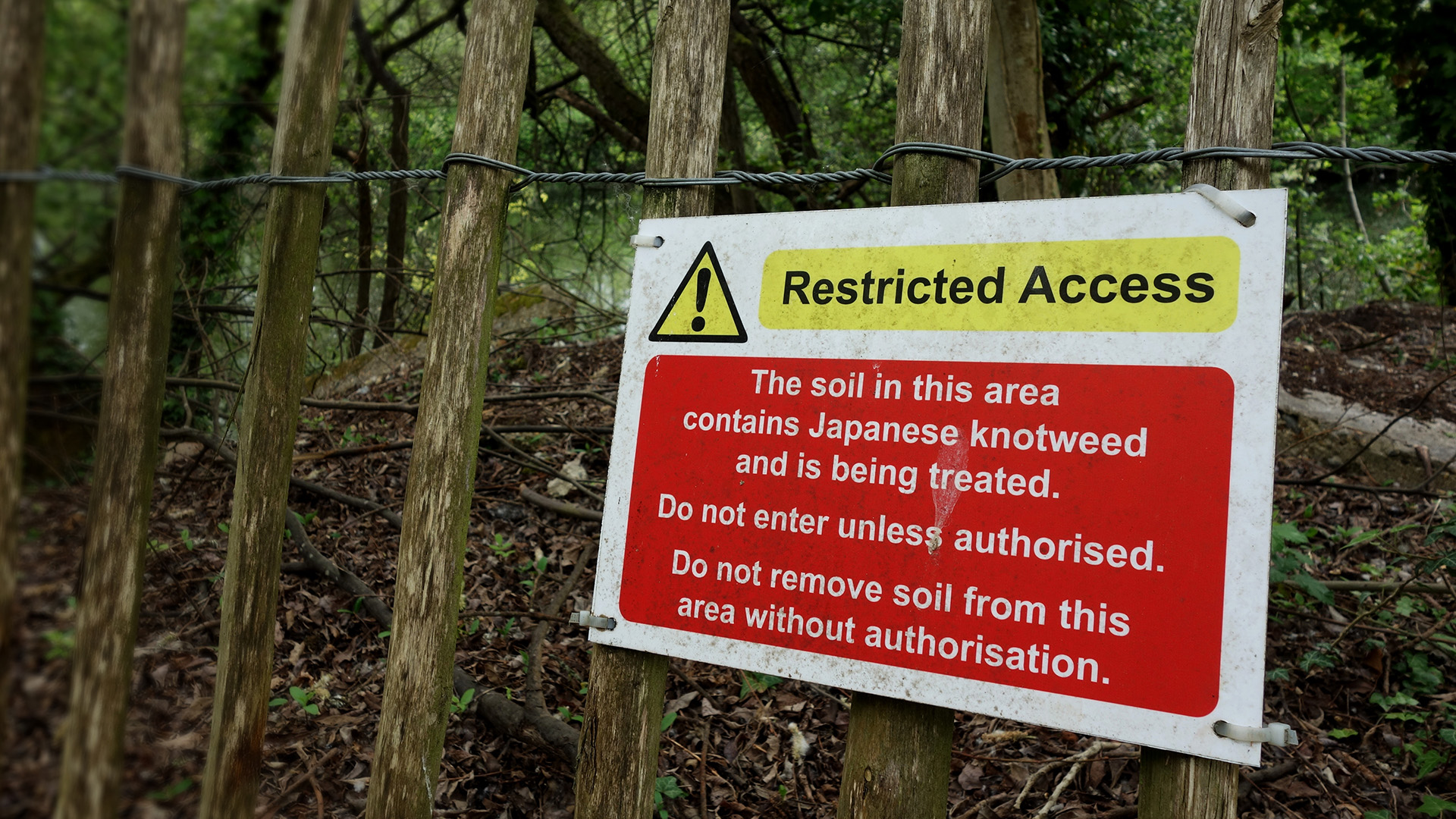Funding Your Future with Tax Relief
Take a two-minute innovation funding health check today.

Your Trusted Innovation Funding Partner
Over the last 14 years, our specialist team has recovered more than £510 million of tax benefits for companies across the UK in the areas of research and development (R&D), capital allowances, the Patent Box, grant funding, and land remediation relief.
Our host of innovation funding services supports your company throughout the innovation cycle, ensuring you make the most of the government funding available to you at each stage of your journey.
Looking for help with an HMRC enquiry into your R&D tax credit claim?
Our R&D enquiry resolution service covers document preparation, strategic communication with HMRC officials, and thorough representation during any hearings or meetings.
Find out how we can support your business.
Our Services
Who Is Ryan?
Ryan, an award-winning global tax services and software provider, is the largest Firm in the world dedicated exclusively to business taxes. The Firm provides an integrated suite of international tax services on a multijurisdictional basis, including cost management, compliance, consulting, technology and transformation, and innovation funding.
Achieving international recognition and market leadership through client service excellence, workplace innovation, and team member development, thousands of businesses, including many of the world’s most prominent Global 5000 companies, trust Ryan with their end-to-end tax services.
With unrivalled expertise within innovation funding and tax relief, Ryan supports UK companies with their business growth by enabling them to fund their future. Our specialist team will assess your business’s eligibility for our wide range of innovation funding services, ranging from grant funding and the Patent Box to commercial property tax relief and R&D tax relief.


We’ve helped return more than half a billion pounds in innovation funding to UK businesses.
Don’t Just Take Our Word for It
The Knowledge Hub
Read the latest news, insights, and thought leadership pieces on our Knowledge Hub, where we ensure you’re kept up to date with everything relevant in the innovation funding world.
Take Our Innovation Funding Health Check
We’d love to explore your eligibility for innovation funding or tax relief and help your business grow.
You can take our Innovation Funding Health Check below, or get in touch by phone, email, or our Contact Us page.












